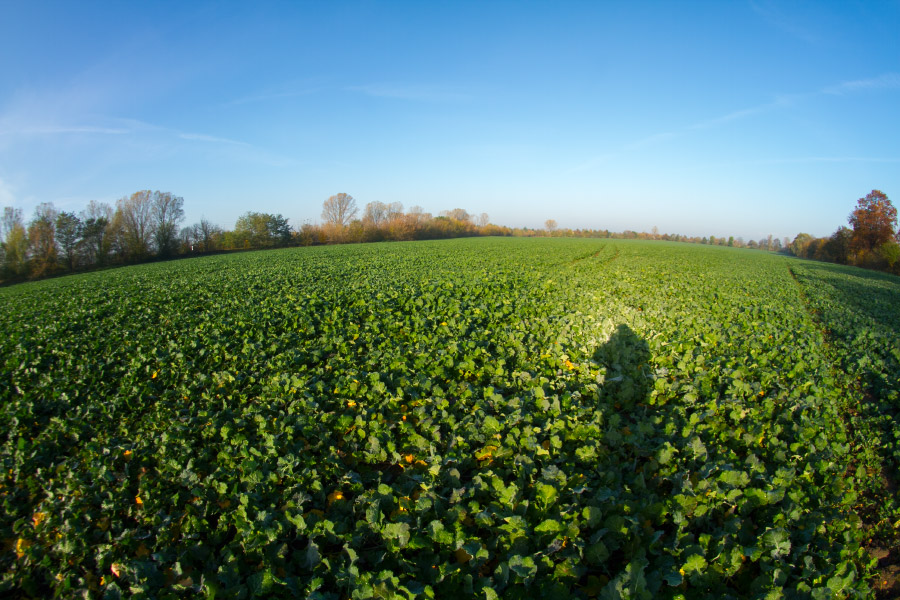If you stand with your back to the sun in the morning and your shadow falls on a dew-covered meadow, you often see a glow around your own head. If you move a few steps, the so-called halo moves with you. It only becomes visible when the sun, observer, and shadow form a line. For this reason, every observer has their own halo and can only perceive theirs. Even around the shadow of the outstretched hand, this glow is no longer visible.
The halo is best seen when the sun is low, the observer's shadow is at least 15 meters long, and it falls on short grass or clover, making the meadow appear whitish-gray due to the dew coverage. The following points make it easier to find the halo:
- let your gaze wander across the entire meadow and watch how the light increases near your own shadow
- take a few steps - the glow moves with you
- areas where the grass wasn't particularly bright become illuminated as the shadow approaches
- compare your own shadow with someone else's; the halo is only visible around your own head
When a halo forms, the light rays hit a dew drop and are "bundled" within it. The bundled light ray is then reflected at the droplet's background (grass stem, leaf, soil, etc.) and most of the light is scattered in all directions.

